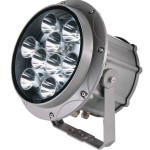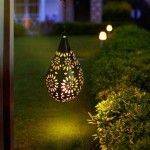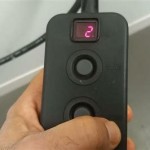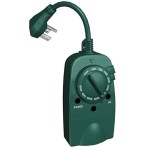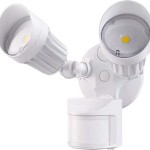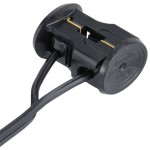How To Do Outdoor Electrical Wiring
When it comes to outdoor electrical wiring, safety and a thorough understanding of the principles are paramount. From selecting the right materials to adhering to electrical codes, several essential aspects must be considered to ensure a secure and functional electrical system. This article will delve into these crucial aspects, providing comprehensive guidance for those embarking on outdoor electrical wiring projects.
1. Planning and Safety Precautions: Thorough planning is essential before initiating any electrical work. Determine the scope of your project, including the location of outlets, fixtures, and the power source. Safety should always be the top priority. Wear appropriate protective gear, and consult local electrical codes and permits to ensure compliance.
2. Choosing the Right Materials: Selecting suitable materials is crucial for outdoor electrical wiring. Weather-resistant wires, conduits, and enclosures are essential to withstand harsh elements. Copper or aluminum wires are commonly used for outdoor applications. Ensure that the wire gauge and insulation meet the electrical load requirements.
3. Correct Wiring Techniques: Proper wiring techniques are essential for safety and functionality. Use appropriate connectors and junction boxes to make secure connections. Splicing wires should be done correctly using waterproof connectors or heat shrink tubing. Ensure proper insulation and strain relief to prevent damage.
4. Conduit and Raceway Installation: Conduits and raceways protect wires from damage and moisture. Install conduits securely using straps or hangers. Ensure bends are gradual to avoid damaging wires. Use appropriate fittings to connect conduits and raceways.
5. Grounding and Bonding: Proper grounding and bonding are crucial for safety. Grounding provides a path for fault currents, while bonding connects metal components to prevent potential differences. Use ground rods and bonding straps to establish a reliable grounding system.
6. Outdoor Outlet and Fixture Selection: Outdoor outlets and fixtures must be weather-resistant and meet electrical code requirements. Select fixtures with appropriate IP ratings to withstand dust and moisture ingress. Consider using GFCI (Ground Fault Circuit Interrupter) outlets for added protection.
7. Testing and Inspection: Once the wiring is complete, thorough testing and inspection are essential. Use a multimeter to verify proper voltage, continuity, and grounding. Contact a qualified electrician for professional inspection and certification to ensure the system meets safety standards.
Adhering to these essential aspects of outdoor electrical wiring is crucial for a safe and reliable electrical system. Proper planning, material selection, correct wiring techniques, and thorough testing ensure the longevity and functionality of your outdoor electrical installations.

How To Run Electrical Wiring Outside Family Handyman

Outdoor Electrical Wiring Diy Home Improvement

How To Install An Outdoor Electrical Remodel

Backyard Work Routing Underground Wiring To

How To Install Outdoor Electric Wiring With Pictures Wikihow

How To Safely Run Electricity Your Outdoor Patio Craftsmumship

How To Install Outdoor Electric Wiring With Pictures Wikihow

How To Install A Yard Light Post Electrical Projects Home Wiring Lights

Understanding The Nec Code For Outdoor Buried Electrical Wiring Super Bright Leds

How To Install Underground Electrical Wiring Pro Tool Reviews
